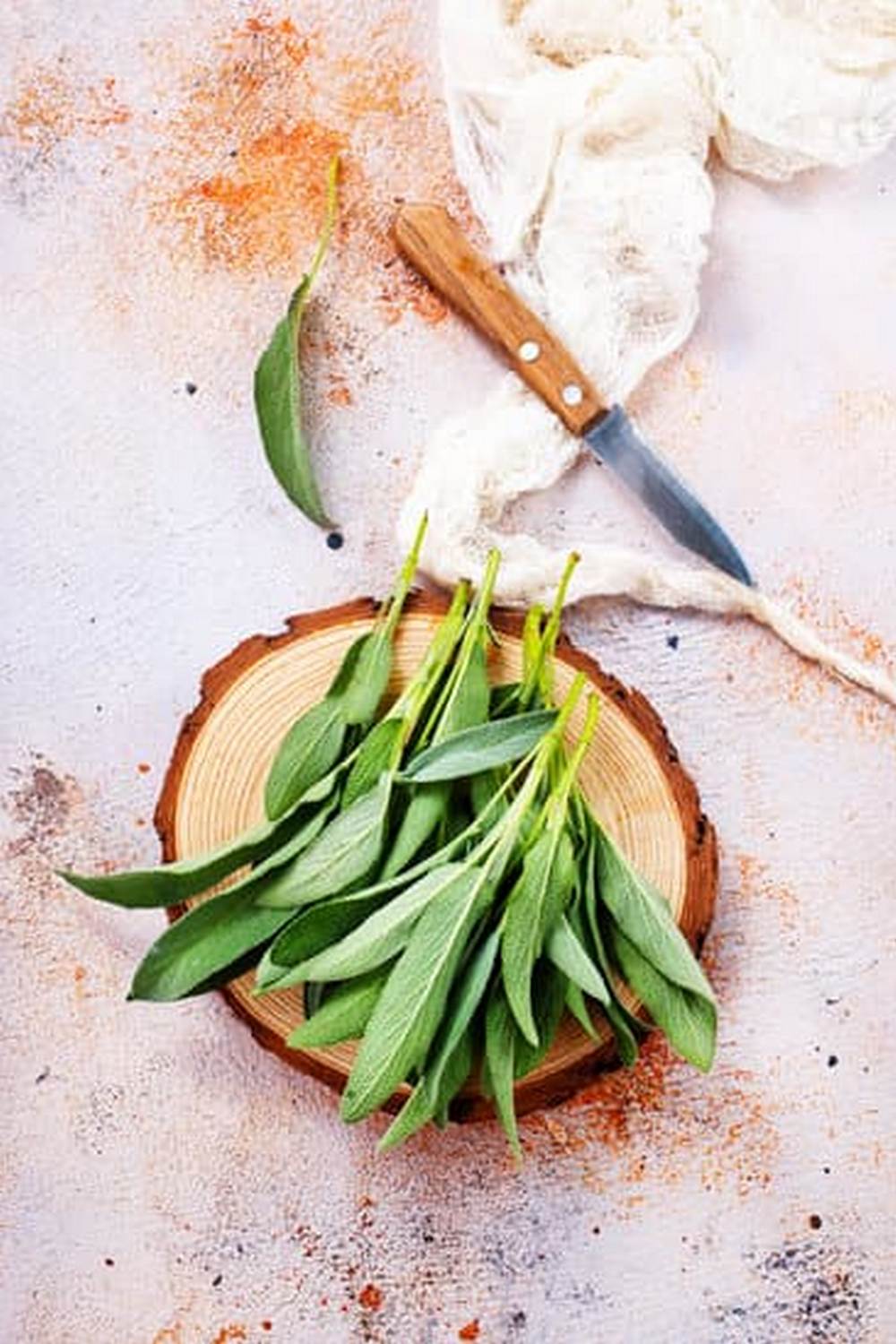Are you interested in growing a bountiful and healthy vegetable garden? Companion gardening with vegetables might just be the answer. In this comprehensive guide, we will explore the concept of companion gardening and its benefits, as well as provide valuable insights on choosing the right vegetables, understanding plant compatibility, pest control, improving soil health, success stories, common mistakes to avoid, and resources for further learning.
Companion gardening involves planting different types of plants together in a way that is mutually beneficial. This holistic approach to gardening promotes natural pest control, maximizes soil health and fertility, and enhances overall plant growth. In this guide, we will specifically focus on companion gardening with vegetables and explore how strategic planting can lead to healthier and more productive crops.
Choosing the right vegetables for companion gardening is crucial for a successful harvest. Some vegetables thrive when planted alongside specific companions, while others may inhibit each other’s growth. Understanding plant compatibility is essential for creating a harmonious and thriving garden ecosystem. We will delve into the science behind which plants make good companions and which ones don’t to help you make informed decisions for your vegetable garden.
Choosing the Right Vegetables for Companion Gardening
Best Vegetables to Grow Together
When it comes to companion gardening with vegetables, certain combinations have been found to be particularly beneficial. For example, planting tomatoes alongside basil can help improve the flavor of the tomatoes and repel pests that are attracted to tomato plants. Similarly, pairing carrots with onions can result in a mutually beneficial relationship where the strong scent of onions helps deter carrot flies while the carrots help mask the scent of onions, making them less noticeable to pests.
Vegetables That Should Be Kept Separate
On the other hand, there are some vegetables that should be kept separate when practicing companion gardening. This is often due to factors such as different nutrient needs or incompatible growth patterns. For instance, potatoes and tomatoes share similar vulnerabilities to certain diseases and pests, so it is advisable to avoid planting them together. Additionally, keeping mint separate from other plants is recommended as it has a tendency to spread aggressively and can overwhelm neighboring plants.
The Role of Diversity in Companion Gardening
One important aspect to consider when choosing vegetables for companion gardening is diversity. By incorporating a diverse range of plant species in close proximity, gardeners can create an ecosystem that supports natural pest control and promotes overall plant health.
Different plants attract different beneficial insects, which can help keep pest populations in check without the need for chemical interventions. Therefore, rather than focusing solely on which vegetables grow well together, it is also crucial to think about creating a balanced and diverse garden ecosystem through companion planting techniques.
Understanding Plant Compatibility
When it comes to companion gardening, understanding which plants make good companions and which ones don’t is essential for a successful harvest. The concept of plant compatibility in gardening revolves around the interactions between different plant species. Some plants can benefit each other by repelling pests, attracting beneficial insects, or providing nutrients to neighboring plants. On the other hand, incompatible plants can compete for resources or even inhibit each other’s growth.
Here are some examples of compatible plant pairings for companion gardening with vegetables:
- Tomatoes and Basil: Basil repels pests that commonly affect tomatoes, such as mosquitoes and flies.
- Carrots and Onions: Carrots and onions work well together, with onions deterring carrot flies and repelling certain harmful nematodes from the soil.
- Lettuce and Tall Flowers: Planting tall flowers like sunflowers near lettuce can provide shade to the delicate lettuce leaves during hot summer days.
Conversely, there are also combinations of vegetables that should be kept separate due to their incompatibility:
- Beans and Onions: Onions release compounds that can inhibit the growth of beans.
- Potatoes and Tomatoes: Both belong to the nightshade family, making them susceptible to similar diseases. Planting them together increases the risk of spreading these diseases.
- Cabbage and Strawberries: Cabbage emits a chemical that inhibits the growth of strawberries.
Understanding the science behind plant compatibility in companion gardening not only helps maximize the benefits but also avoids potential negative effects on your vegetable garden. By carefully selecting which vegetables to grow together based on their interactions, you can create a harmonious and thriving ecosystem in your garden.
Keep in mind that while these guidelines serve as a general reference for companion planting, it’s important to observe your specific growing conditions and adapt accordingly. In some cases, trial and error may be necessary to find the most compatible plant pairings for your unique garden environment.
Pest Control in Companion Gardening
When practicing companion gardening with vegetables, one of the key benefits is the natural pest control that can be achieved through strategic planting. By understanding which plants repel or deter pests, gardeners can create a healthier and more balanced ecosystem in their gardens. Here are some natural ways to control pests and diseases through strategic planting:
- Utilize companion plants that repel pests: Some plants have natural properties that repel certain pests. For example, planting marigolds next to tomatoes can help deter nematodes, while growing basil near tomatoes can ward off hornworms.
- Attract beneficial insects: In addition to using companion plants for pest control, consider planting flowers and herbs that attract beneficial insects like ladybugs, lacewings, and predatory wasps. These insects feed on harmful pests, helping to keep their populations in check.
- Rotate crops: Rotating crops is an effective way to prevent the buildup of pests and diseases in the soil. By rotating vegetable plantings each season, gardeners can disrupt the life cycle of pests and reduce the risk of infestations.
By incorporating these natural pest control methods into companion gardening with vegetables, gardeners can reduce or even eliminate the need for chemical pesticides. This not only promotes a healthier environment but also ensures that the produce harvested from the garden is free from harmful residues.
Moreover, strategic planting for pest control also contributes to a more sustainable and self-sufficient garden ecosystem. By relying on natural pest management techniques, gardeners can minimize their reliance on external inputs and work in harmony with nature’s own checks and balances.
Improving Soil Health
Companion gardening not only benefits the plants themselves but also the soil in which they are grown. By strategically planting certain vegetables together, you can improve soil fertility and overall health. One of the key ways companion planting achieves this is through the concept of nutrient cycling. This process involves different plant species working together to recycle and distribute essential nutrients throughout the soil, promoting its long-term health and productivity.
Certain plants have the ability to fix nitrogen in the soil, such as legumes like peas and beans. When these nitrogen-fixing plants are paired with heavy feeders like corn or squash, they can provide a natural source of nitrogen for their companions.
Additionally, some plants have deep taproots that can help break up compacted soil, allowing for better water and nutrient absorption by neighboring plants. For example, carrots with their long taproots can help loosen the soil for shallower-rooted plants like lettuce or onions.
Beyond nutrient cycling, companion planting can also involve using specific herbs or flowers to improve soil health. For instance, aromatic herbs such as basil and rosemary not only repel pests but also enhance the flavor of nearby vegetables. Furthermore, certain flowers like marigolds can attract beneficial insects that help control harmful pests while adding organic matter to the soil as they decompose.
Incorporating these techniques into your vegetable garden can lead to healthier soil over time, reducing the need for artificial fertilizers and promoting a more sustainable and environmentally friendly approach to gardening.
| Companion Plant | Benefit |
|---|---|
| Peas/Beans | Nitrogen fixation for neighboring heavy feeders |
| Carrots | Loosen compacted soil for shallower-rooted plants |
| Basil/Rosemary | Pest repellent and flavor enhancer |
Success Stories
Companion gardening with vegetables has been practiced for centuries, and many gardeners have experienced great success with this method. One common success story is the Three Sisters planting technique used by Native American tribes, which involves growing corn, beans, and squash together.
The corn provides support for the beans to climb, while the beans add nitrogen to the soil to benefit all three plants, and the large leaves of the squash act as a natural mulch to suppress weeds. This intercropping method not only maximizes space but also creates a beneficial ecosystem within the garden.
Another notable success story in companion gardening with vegetables is the combination of tomatoes, basil, and onions. Tomatoes emit solanine which repels pests that attack basil and onions, while basil enhances the flavor of tomatoes when grown together. Onions also help deter pests that may harm tomatoes. This trio not only benefits each other’s growth but also adds aesthetic appeal to the garden.
Additionally, pairing carrots with leafy greens such as lettuce or spinach has also proven successful in companion gardening. The tall foliage of leafy greens helps provide shade for the carrots during hot weather, preventing them from becoming bitter due to excessive heat exposure. In return, carrots help break up dense soil for the shallow-rooted leafy greens and keep pests away through their strong aroma.
These are just a few examples of successful companion gardening with vegetables. By strategically choosing plant combinations based on their beneficial interactions and using natural pest control methods, many gardeners have achieved bountiful harvests while promoting biodiversity in their gardens.
| Example | Companion Plants | Beneficial Interaction |
|---|---|---|
| Three Sisters Planting | Corn, Beans, Squash | Corn provides support for beans; Beans add nitrogen to soil; Squash acts as natural mulch |
| Tomato-Basil-Onion Combination | Tomatoes, Basil, Onions | Solanine from tomatoes repels pests attacking basil and onions; Basil enhances tomato flavor; Onions deter pests harmful to tomatoes |
| Carrots-Lettuce/Spinach Pairing | Carrots, Lettuce/Spinach | Lettuce/spinach provides shade for carrots during hot weather; Carrots aid in breaking up dense soil for leafy greens; Carrots keep pests away from leafy greens through their strong aroma. |
Common Mistakes to Avoid
When it comes to companion gardening with vegetables, there are several common mistakes that many gardeners make. One of the most prevalent errors is failing to research and understand the specific needs of each vegetable before planting them together.
It’s important to consider factors such as sunlight, water requirements, and soil pH levels to ensure that the companion plants are compatible and will thrive alongside each other. Without this understanding, gardeners may inadvertently create an environment that is unsuitable for one or more of the vegetables.
Another mistake is neglecting to rotate the vegetable crops properly. Crop rotation is essential for preventing soil depletion and disease build-up. Without rotating their crops regularly, gardeners run the risk of depleting the soil of essential nutrients and creating a breeding ground for pests and diseases. By following a proper crop rotation schedule, gardeners can maintain healthy soil and promote strong, vibrant growth in their companion vegetables.
Furthermore, some gardeners overlook the importance of maintaining proper spacing between their companion vegetables. Overcrowding can lead to increased competition for resources such as sunlight, water, and nutrients, which can stunt the growth of the plants and reduce overall yield.
It’s crucial to follow recommended spacing guidelines for each type of vegetable to ensure that they have ample room to grow without hindering each other’s development. By avoiding these common mistakes in companion gardening with vegetables, gardeners can set themselves up for success and enjoy a bountiful harvest from their well-planned and strategically planted vegetable companions.
Resources and Tools for Companion Gardening
In conclusion, companion gardening with vegetables can be a rewarding and beneficial practice for any garden enthusiast. The concept of companion gardening involves strategically planting different vegetable varieties together to maximize their mutual benefits, such as pest control, soil health improvement, and overall plant growth. By choosing the right vegetables to grow together, understanding plant compatibility, controlling pests naturally, and improving soil health through companion planting, gardeners can achieve bountiful harvests while minimizing the use of chemical pesticides and fertilizers.
When it comes to resources and tools for further learning and application of companion gardening principles with vegetables, there are a variety of options available. For those interested in delving deeper into this practice, books such as “Carrots Love Tomatoes” by Louise Riotte or “The Vegetable Gardener’s Guide to Companion Planting” by Allison Greer can provide valuable insights and practical tips.
Additionally, there are online resources and guides that offer comprehensive information on which plants make good companions, common mistakes to avoid, and success stories from experienced gardeners.
Furthermore, having the right tools for companion gardening is essential for success. Tools such as hand trowels, pruners, mulch, organic fertilizers, and natural pest control remedies can all contribute to creating a thriving companion garden.
Whether you’re a beginner or seasoned gardener looking to enhance your vegetable garden’s productivity and health in an eco-friendly way, incorporating the principles of companion gardening with vegetables can be a fulfilling journey towards sustainable gardening practices. With the right knowledge, resources, and tools at your disposal, you can enjoy the benefits of bountiful harvests while fostering a healthy ecosystem in your own backyard.
Frequently Asked Questions
Which Vegetables Grow Well Together Chart?
When planning a vegetable garden, it’s important to consider which vegetables grow well together to maximize space and avoid competition for nutrients. For example, pairing tomatoes with basil and onions can be beneficial as they help repel pests from each other.
What Vegetables Need to Be Planted Next to Each Other?
Some vegetables thrive when planted next to each other due to their complementary growing conditions and benefits. For instance, planting carrots alongside lettuce can work well because the quick-growing lettuce provides shade for the slower-growing carrots, while also reducing weed growth.
What Three Veggies Can You Grow Together?
Three vegetables that can be grown together in a garden are tomatoes, basil, and peppers. These three plants not only complement each other in terms of growth and cultivation but also provide natural pest control and flavor enhancement when harvested together.

If you’re looking to get into vegetable gardening, or are just looking for some tips on how to make your current garden better, then you’ve come to the right place! My name is Ethel and I have been gardening for years. In this blog, I’m going to share with you some of my best tips on how to create a successful vegetable garden.





